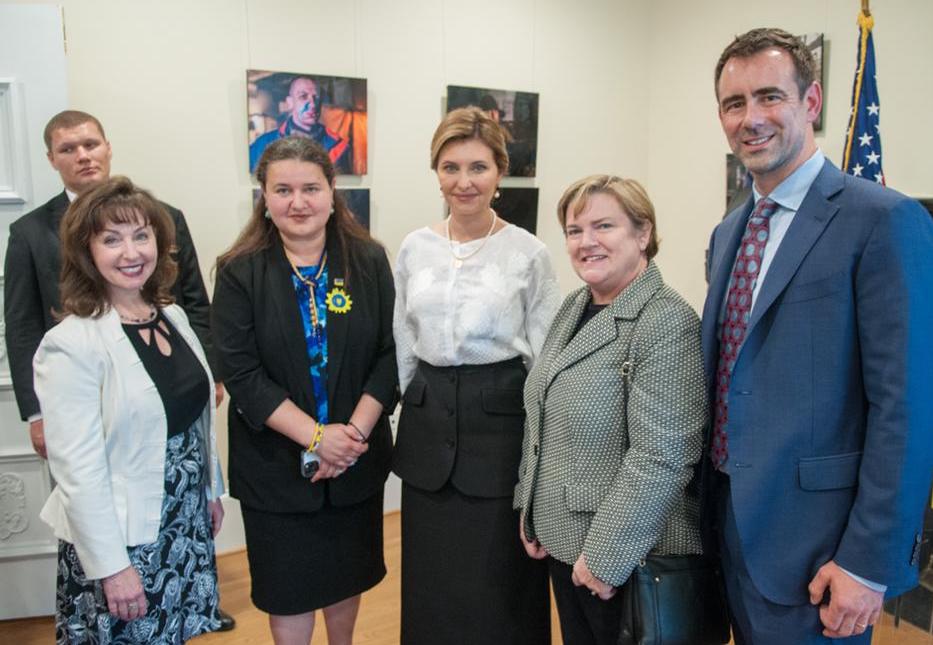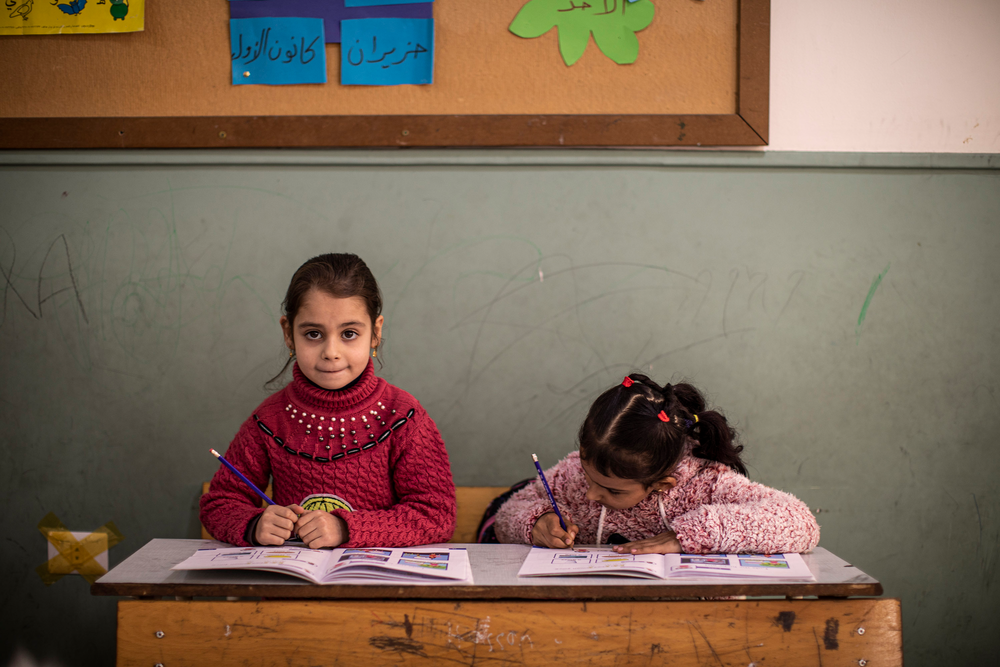
Israel blamed for deadly attacks on Gaza schools in UN report
Children in conflicts
Images of bodies being pulled from the rubble of bombed schools in Gaza caused outrage last summer – and led to calls to end the militarisation of schools in Palestine and beyond.
Now a United Nations inquiry has revealed the full extent of attacks on – and from – schools during the 50-day conflict which left more than 2260 people dead and thousands injured.
It found that seven schools run by the United Nations in Palestine were attacked by Israeli forces during the 2014 conflict, killing at least 44 Palestinians and wounding at least 227 who were sheltering in the buildings.
One girls’ school was hit by 88 mortar rounds fired by the Israeli military, the summary said. An anti-tank missile struck another girls’ school and a third was hit by a missile. A fourth school was given no warning before being shelled.
A damaged classroom at the school in Jabaliya
Picture: UN Photo/Shareef Sarhan
The UN inquiry also revealed weapons were stored at three schools, which were not being used as shelters at the time. It said Palestinian militants had probably fired from two schools.
UN Secretary-General Ban Ki-moon said: “It is a matter of the utmost gravity that those who looked to them for protection and who sought and were granted shelter there had their hopes and trust denied.”
In a letter to the UN Security Council, accompanying the public summary of the 207-page report, he added: “United Nations premises are inviolable and should be places of safety, particularly in a situation of armed conflict. I will work with all concerned and spare no effort to ensure that such incidents will never be repeated.”
Mr Ban also said he was “dismayed that Palestinian militant groups would put United Nations schools at risk by using them to hide their arms”.
Ban Ki-moon at the Jabaliya school in October
Picture: UN Photo/Eskinder Debebe
More than 240,000 people sheltered in schools run by the United Nations Relief and Works Agency for Palestine Refugees (UNRWA) and other public buildings during the conflict in July and August 2014. Scores of schools were damaged during the fighting.
After deadly attacks on UN schools in July, UN Special Envoy for Global Education Gordon Brown urged both sides in the conflict to “recognise that the violation of schools and schoolchildren is outlawed by the international community”. He said the international community had to adopt the Lucens Guidelines (now known as the Guidelines for Protecting Schools and Universities from Military Use during Armed Conflict) to ban the military use of schools and colleges.
A World at School is calling on world leaders to sign the Oslo Safe Schools Declaration in June 2015. The Declaration, under the leadership of Norway and Argentina, is being negotiated and should include guidelines to protect education from attack and prevent the military use of schools
Between 2009 and 2012, non-state armed groups, state armed and security forces, and armed criminal groups attacked thousands of schoolchildren, teachers and education establishments in at least 70 countries worldwide. The military use of schools – as bases, barracks, weapon caches, and detention centers – puts schools at risk of targeting by opposing forces and jeopardises the safety of the students and teachers within them.
More news

